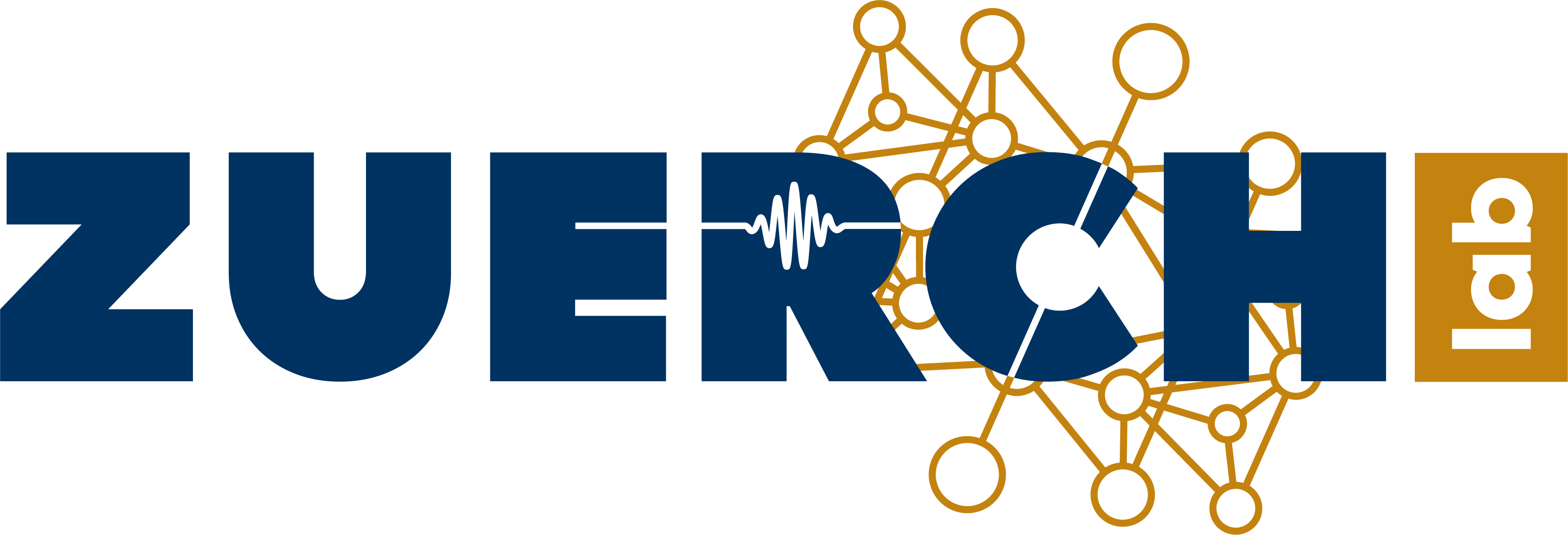
We are very excited to receive our first major grant funded by the Office of the President of the University of California within the Multicampus Research Programs and Initiative (MRPI). For the next 2 years, Michael will lead a team of researchers across the University of California to study the chemistry of liquids and solids on burried interfaces.
Here is the lay abstract for the project:
The world around us is governed by constant exchange of energy and particles. The internal structure at the interface between two media determines how phases interchange, how charge carriers exchange, and how media bind to one another. Therefore, understanding interfacial chemistry at a molecular level is of striking importance for a wide array of current challenges, such as clean water production, carbon dioxide capture, removal of plastics from water, clean energy production by photocatalysis, and energy storage in next generation solid-state batteries. Despite the importance, little is known about interfacial electronic and molecular structures, their dynamics, and how these lead to observed macroscopic properties and behaviors. The overarching goal of the California Interfacial Science Initiative (CISI) is to coordinate currently separate theoretical and experimental efforts studying interfaces across the University of California and leverage the combined expertise towards the creation of a world-leading center for interfacial science. During the pilot phase, multidisciplinary investigations will focus on two main topics: exploiting novel colliding planar liquid jets to study liquid-liquid interfaces investigating interfacial molecular dynamics relevant to CO2 capture and particle binding, and ionic charge transfer at solid-solid interfaces relevant to development of next generation batteries. The expertise for interfacial studies stems from first experiments on novel nonlinear X-ray spectroscopy that showed interfacial selectivity (UCB, LBNL) and a theory framework for nonlinear light-matter interactions (UCSD). CISI will bring together and consolidate these efforts by involving molecular level energy transfer theory (UCSC), interfacial engineering (UC-Merced) and quantum statistics calculation (LLNL). The multidisciplinary research team in the initiative will jointly develop advanced experimental techniques that enable studying these complex interfaces, which includes novel planar liquid jet technology, nonlinear optical and X-ray spectroscopies, and numerical models to simulate and understand interfacial dynamics.


